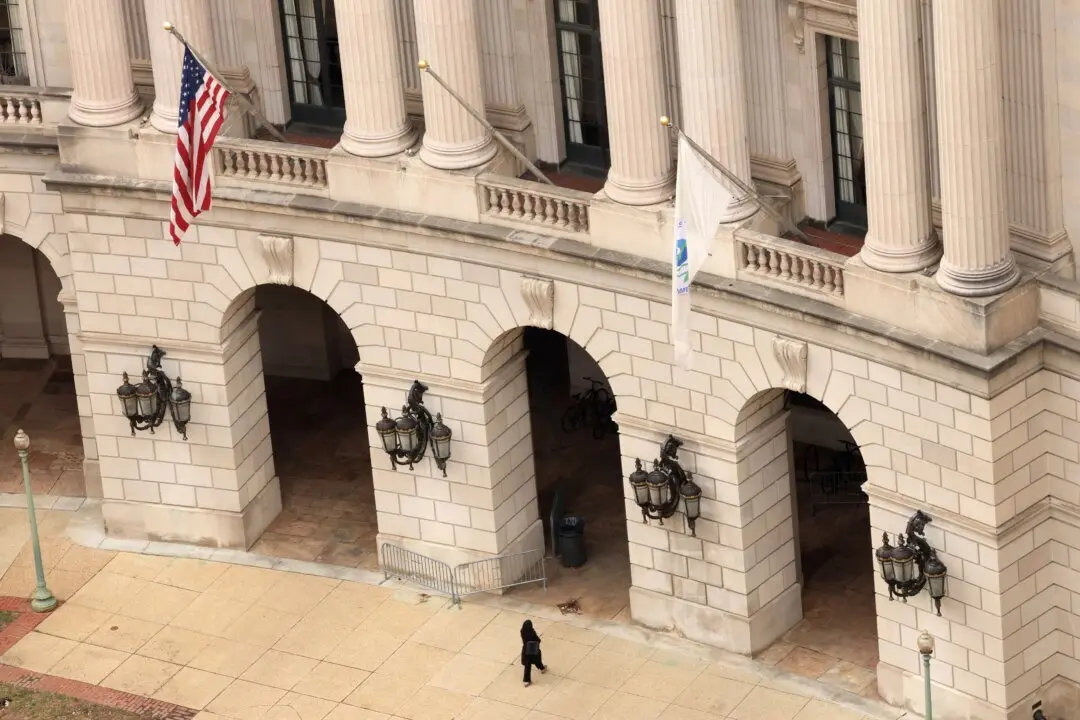LONDON/SINGAPORE—The dollar rose to its highest in almost three months against other major currencies on Monday as traders clawed back bets for aggressive rate cuts by the Federal Reserve this year.
The Fed repricing has followed Friday’s blockbuster U.S. jobs report that far exceeded market expectations and sent U.S. bond yields soaring, boosting the country’s currency.





